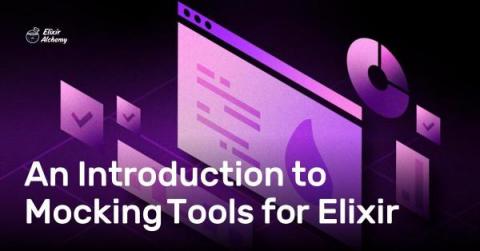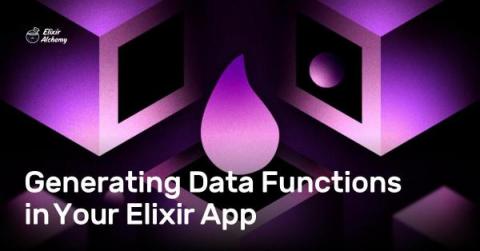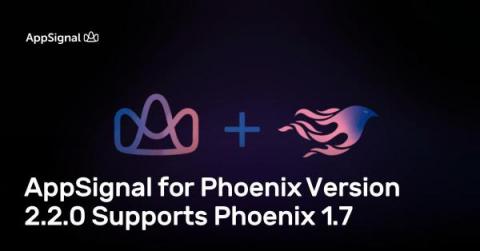An Introduction to Mocking Tools for Elixir
A well-written test suite is a big part of any successful application. But let's say you rely on an external dependency for some parts of your app (for example, an external API for fetching user information). It then becomes important to mock that dependency in the test suite to prevent external API calls during testing or to test specific behavior. Several frameworks help reduce the boilerplate and make mocking safe for Elixir tests.











